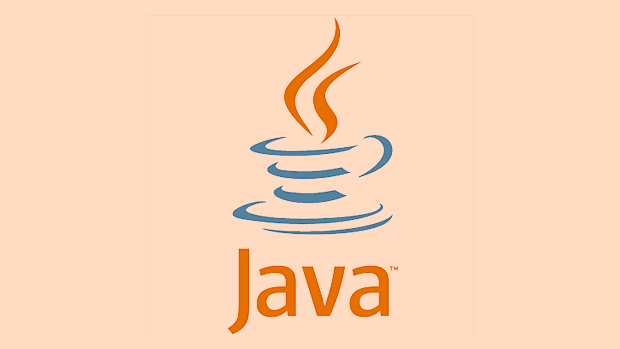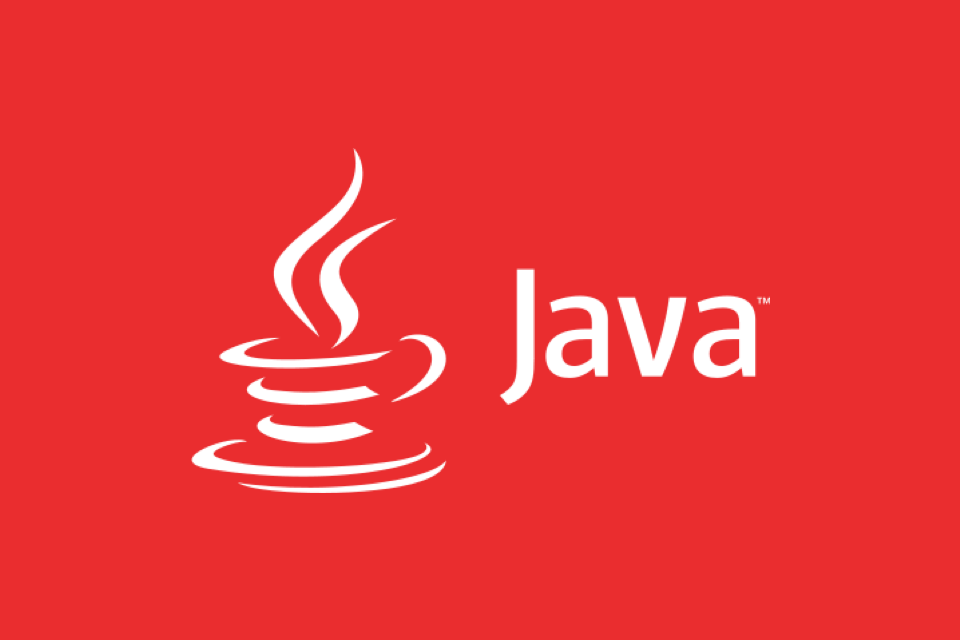Use the Saga mode to maintain data consistency in Java distributed systems, and replace distributed transactions through local transaction sequences and compensation mechanisms; 2. It is recommended to use orchestrated Saga in Spring Boot, and the OrderSaga class coordinates the execution and rollback of payment and inventory services; 3. Add retry, idempotence, and persistent Saga states to enhance reliability; 4. Linear process optimization orchestration is considered in complex event-driven scenarios.

When building a distributed system in Java—especially one that spans multiple microservices—you'll often run into the challenge of maintaining data consistency across services without relying on distributed transactions. That's where the Saga Pattern comes in.

What is the Saga Pattern?
A Saga is a sequence of local transactions where each service updates its own database. If one step fails, the saga executes compensating transactions that undo the changes made by previous steps. It's an alternative to two-phase commit (2PC) and avoids the tight coupling and performance issues that come with it.
There are two main ways to implement a saga:

- Choreography – Each service publishes events, and other services react to them (decentralized).
- Orchestration – A central orchestrator (a saga manager) tells each service what to do next (centralized).
For Java systems, orchestration is often easier to implement and debug , especially if you're using Spring Boot.
How to Implement Saga Orchestration in Java
Let's say you're building an e-commerce app with these services:

- Order Service
- Payment Service
- Inventory Service
A user places an order → payment must be processed → inventory must be reserved.
If any step fails, you need to roll back the previous steps (eg, if inventory fails, refund the payment).
1. Define the Saga Orchestrator
Create a OrderSaga class that coordinates the flow:
@Service
public class OrderSaga {
private final PaymentServiceClient paymentService;
private final InventoryServiceClient inventoryService;
public void execute(Order order) {
boolean paymentSuccess = false;
boolean inventorySuccess = false;
try {
// Step 1: Process payment
paymentService.charge(order.getCustomerId(), order.getTotal());
paymentSuccess = true;
// Step 2: Reserve inventory
inventoryService.reserve(order.getItems());
inventorySuccess = true;
// Success! Mark order as confirmed
order.setStatus(OrderStatus.CONFIRMED);
} catch (Exception e) {
// Trigger compensating actions in reverse order
if (inventorySuccess) {
inventoryService.release(order.getItems());
}
if (paymentSuccess) {
paymentService.refund(order.getCustomerId(), order.getTotal());
}
order.setStatus(OrderStatus.FAILED);
throw e;
}
}
}2. Make It Resilient with Retries and Idempotency
In a real system, services may be temporarily unavailable. Add retry logic using Spring Retry or Resilience4j:
@Retry(name = "inventoryService", fallbackMethod = "handleInventoryFailure")
public void reserve(List<Item> items) {
inventoryServiceClient.reserve(items);
}Also, ensure your compensating actions (like refund or release) are idealpotent —they can be called multiple times without side effects.
3. Persist Saga State (Optional but Recommended)
For long-running sagas or crash recovery, store the saga state in a database (eg, using JPA):
@Entity
public class SagaInstance {
@Id
private String sagaId;
private String orderId;
private String currentState; // eg, "PAYMENT_DONE"
private LocalDateTime createdAt;
}Update this state after each step so you can resume if the orchestrator crashes.
4. Use Events for Loose Coupling (Optional)
Instead of direct HTTP calls, publish domain events (eg, via Kafka or RabbitMQ). The orchestrator listens to these and decides the next step. This reduces coupling and improves scalability.
Key Tips for Java Developers
- ? Use Spring Boot Spring Cloud OpenFeign for clean service-to-service calls.
- ? Wrap saga logic in a dedicated service class—not in controllers.
- ? Log every step and compensation for debugging (SLF4J MDC).
- ? Handle timeouts explicitly—don't let the saga hang forever.
- ? Test failure scenarios: simulate service outages and verify compensations work.
When to Use Choreography vs Orchestration
- Orchestration : Simpler to understand, easier to test, better for linear flows (like our order example).
- Choreography : Better for complex, event-driven systems where services evolve independently—but harder to trace and debug.
For most Java teams starting with Sagas, orchestration is the way to go .
Implementing the Saga Pattern isn't about avoiding failures—it's about designing for them gracefully. In Java, with Spring Boot's ecosystem, it's surprisingly straightforward once you break it down into steps and compensations.
The above is the detailed content of Implementing the Saga Pattern in a Java Distributed System. For more information, please follow other related articles on the PHP Chinese website!

Hot AI Tools

Undress AI Tool
Undress images for free

Undresser.AI Undress
AI-powered app for creating realistic nude photos

AI Clothes Remover
Online AI tool for removing clothes from photos.

Clothoff.io
AI clothes remover

Video Face Swap
Swap faces in any video effortlessly with our completely free AI face swap tool!

Hot Article

Hot Tools

Notepad++7.3.1
Easy-to-use and free code editor

SublimeText3 Chinese version
Chinese version, very easy to use

Zend Studio 13.0.1
Powerful PHP integrated development environment

Dreamweaver CS6
Visual web development tools

SublimeText3 Mac version
God-level code editing software (SublimeText3)
 Differences Between Callable and Runnable in Java
Jul 04, 2025 am 02:50 AM
Differences Between Callable and Runnable in Java
Jul 04, 2025 am 02:50 AM
There are three main differences between Callable and Runnable in Java. First, the callable method can return the result, suitable for tasks that need to return values, such as Callable; while the run() method of Runnable has no return value, suitable for tasks that do not need to return, such as logging. Second, Callable allows to throw checked exceptions to facilitate error transmission; while Runnable must handle exceptions internally. Third, Runnable can be directly passed to Thread or ExecutorService, while Callable can only be submitted to ExecutorService and returns the Future object to
 Asynchronous Programming Techniques in Modern Java
Jul 07, 2025 am 02:24 AM
Asynchronous Programming Techniques in Modern Java
Jul 07, 2025 am 02:24 AM
Java supports asynchronous programming including the use of CompletableFuture, responsive streams (such as ProjectReactor), and virtual threads in Java19. 1.CompletableFuture improves code readability and maintenance through chain calls, and supports task orchestration and exception handling; 2. ProjectReactor provides Mono and Flux types to implement responsive programming, with backpressure mechanism and rich operators; 3. Virtual threads reduce concurrency costs, are suitable for I/O-intensive tasks, and are lighter and easier to expand than traditional platform threads. Each method has applicable scenarios, and appropriate tools should be selected according to your needs and mixed models should be avoided to maintain simplicity
 Best Practices for Using Enums in Java
Jul 07, 2025 am 02:35 AM
Best Practices for Using Enums in Java
Jul 07, 2025 am 02:35 AM
In Java, enums are suitable for representing fixed constant sets. Best practices include: 1. Use enum to represent fixed state or options to improve type safety and readability; 2. Add properties and methods to enums to enhance flexibility, such as defining fields, constructors, helper methods, etc.; 3. Use EnumMap and EnumSet to improve performance and type safety because they are more efficient based on arrays; 4. Avoid abuse of enums, such as dynamic values, frequent changes or complex logic scenarios, which should be replaced by other methods. Correct use of enum can improve code quality and reduce errors, but you need to pay attention to its applicable boundaries.
 Understanding Java NIO and Its Advantages
Jul 08, 2025 am 02:55 AM
Understanding Java NIO and Its Advantages
Jul 08, 2025 am 02:55 AM
JavaNIO is a new IOAPI introduced by Java 1.4. 1) is aimed at buffers and channels, 2) contains Buffer, Channel and Selector core components, 3) supports non-blocking mode, and 4) handles concurrent connections more efficiently than traditional IO. Its advantages are reflected in: 1) Non-blocking IO reduces thread overhead, 2) Buffer improves data transmission efficiency, 3) Selector realizes multiplexing, and 4) Memory mapping speeds up file reading and writing. Note when using: 1) The flip/clear operation of the Buffer is easy to be confused, 2) Incomplete data needs to be processed manually without blocking, 3) Selector registration must be canceled in time, 4) NIO is not suitable for all scenarios.
 How Java ClassLoaders Work Internally
Jul 06, 2025 am 02:53 AM
How Java ClassLoaders Work Internally
Jul 06, 2025 am 02:53 AM
Java's class loading mechanism is implemented through ClassLoader, and its core workflow is divided into three stages: loading, linking and initialization. During the loading phase, ClassLoader dynamically reads the bytecode of the class and creates Class objects; links include verifying the correctness of the class, allocating memory to static variables, and parsing symbol references; initialization performs static code blocks and static variable assignments. Class loading adopts the parent delegation model, and prioritizes the parent class loader to find classes, and try Bootstrap, Extension, and ApplicationClassLoader in turn to ensure that the core class library is safe and avoids duplicate loading. Developers can customize ClassLoader, such as URLClassL
 Exploring Different Synchronization Mechanisms in Java
Jul 04, 2025 am 02:53 AM
Exploring Different Synchronization Mechanisms in Java
Jul 04, 2025 am 02:53 AM
Javaprovidesmultiplesynchronizationtoolsforthreadsafety.1.synchronizedblocksensuremutualexclusionbylockingmethodsorspecificcodesections.2.ReentrantLockoffersadvancedcontrol,includingtryLockandfairnesspolicies.3.Conditionvariablesallowthreadstowaitfor
 Handling Common Java Exceptions Effectively
Jul 05, 2025 am 02:35 AM
Handling Common Java Exceptions Effectively
Jul 05, 2025 am 02:35 AM
The key to Java exception handling is to distinguish between checked and unchecked exceptions and use try-catch, finally and logging reasonably. 1. Checked exceptions such as IOException need to be forced to handle, which is suitable for expected external problems; 2. Unchecked exceptions such as NullPointerException are usually caused by program logic errors and are runtime errors; 3. When catching exceptions, they should be specific and clear to avoid general capture of Exception; 4. It is recommended to use try-with-resources to automatically close resources to reduce manual cleaning of code; 5. In exception handling, detailed information should be recorded in combination with log frameworks to facilitate later
 How does a HashMap work internally in Java?
Jul 15, 2025 am 03:10 AM
How does a HashMap work internally in Java?
Jul 15, 2025 am 03:10 AM
HashMap implements key-value pair storage through hash tables in Java, and its core lies in quickly positioning data locations. 1. First use the hashCode() method of the key to generate a hash value and convert it into an array index through bit operations; 2. Different objects may generate the same hash value, resulting in conflicts. At this time, the node is mounted in the form of a linked list. After JDK8, the linked list is too long (default length 8) and it will be converted to a red and black tree to improve efficiency; 3. When using a custom class as a key, the equals() and hashCode() methods must be rewritten; 4. HashMap dynamically expands capacity. When the number of elements exceeds the capacity and multiplies by the load factor (default 0.75), expand and rehash; 5. HashMap is not thread-safe, and Concu should be used in multithreaded






